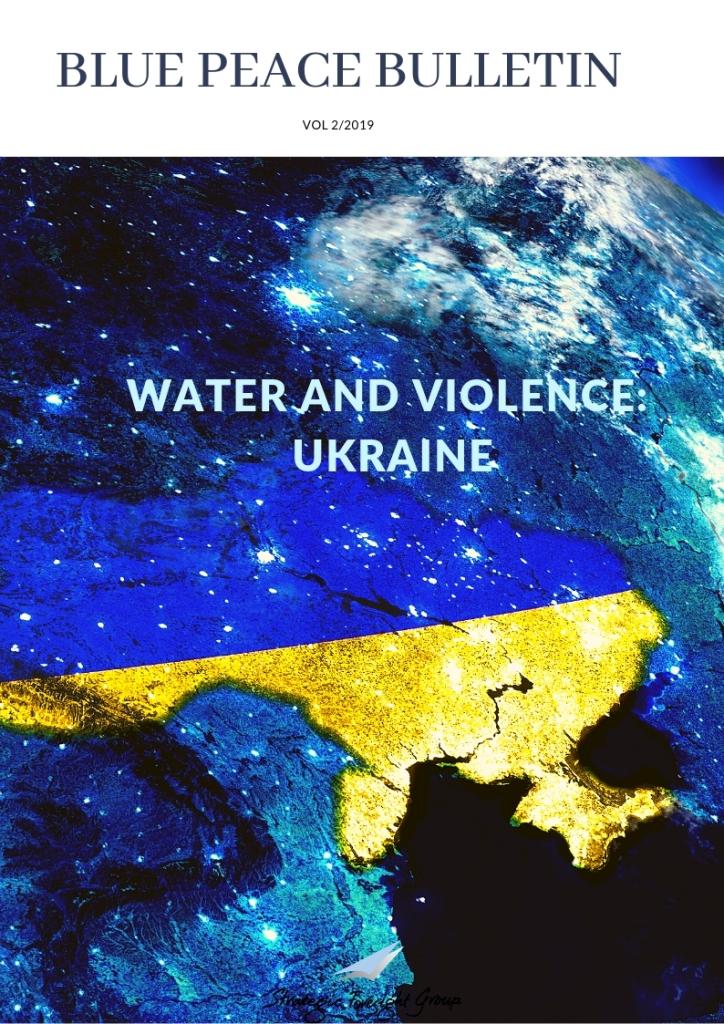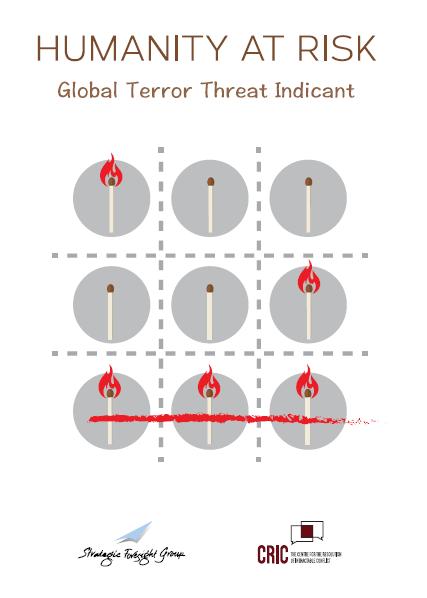An Imperative for Peace in Sri Lanka
|
|
February 2006
By Devika Mistry
|
As it stands, the government of Sri Lanka and the Liberation Tigers of Tamil Eelam (LTTE) have so far agreed to meet in Geneva, Switzerland later this month. This is the first, of any high level talks to take place between the two, since the stalling of the peace process in 2003 and is indeed a very positive development. While most commentators on the Sri Lankan peace process see these talks as nothing more than a farce, or a time out for both sides to mobilize their military resources and plan a war, we, at the Strategic Foresight Group look at these talks through a different prism. Having recently undertaken a study on the Cost of Conflict in Sri Lanka, it is unlikely that Sri Lanka will carry out a full scale war as the stakes are too high, the costs too much and the losses too dear. Sri Lanka cannot afford a war, either financially or psychologically. And even if Sri Lanka were to embark on such a violent path, it is highly unlikely that it will be able to sustain a war; and would have no other option, but to return to the negotiating table in the not so distant future.
Based on our study on the Cost of Conflict in Sri Lanka (2006), a renewed military confrontation between the two sides, the Liberation Tigers of Tamil Eelam and the armed forces of the government of Sri Lanka is among other things likely to claim a minimum of 10,000-20,000 lives in the first five years of conflict, including that of civilians, armed personnel and insurgents.
Further, a war is likely to cause the large-scale displacement of nearly 600,000 people from the conflict-affected regions of the North and the East. The total estimated loss of earnings as a result of death and displacement over the first five years comes to the tune of $384 million; excluding the future rehabilitation costs of these same displaced groups.
Human losses are compounded by the effect that a return to war is likely to have on the Sri Lankan economy. It is possible, that the confrontation might spill over into geographical areas outside the immediate theatres of conflict. Devastating attacks on economic targets in the country such as the garment manufacturing units which are concentrated around Colombo and account for over 7% of total GDP; essential infrastructure such as the Victoria dam on the River Mahaveli which supplies about 50% of the nations electricity could debilitate the economy.
A return to war will have a negative impact on FDI, tourism earnings and external assistance allocated to the country. Sri Lanka is likely to see net FDI drop to a pitiful $100-300 million per year, losses in tourism of over $887 million in the first five years of conflict as well as see a drop in donor assistance, which Sri Lanka is highly dependent on due to its own fiscal situation as well as due to the damages caused by the conflict and the Tsunami.
The above-mentioned losses are in addition to the direct costs or spending that the Sri Lankan government will have to undertake to pay for a war. It is likely to spend an additional Rs.332.6 billion on military expenditure over the next five years. Sir Lanka�€™s past military expenditure as a percentage of its GDP, its number of military personnel as a percentage of population and its military holdings index gives Sri Lanka the dubious position of the most militarised nation in South Asia; ahead of Pakistan and India that face inter-state conflicts. Sri Lanka cannot afford a war; its fiscal situation with government debt at over 100% does not allow it. If, anything, funds spent on a renewed military campaign would be better spent on development, education and youth employment in the country.
While the costs of conflict are enormous, the resulting benefits of upholding the cease-fire agreement and working towards permanent peace, as expected are significant as well. While the Sri Lankan economy has thus far been able to maintain a respectable growth rate, the potential dividends of peace can see this growth rate accelerate to 7-8% p.a. with the help of increased FDI, profits from newly signed Free Trade Agreements with strategic countries, and bettering trade relations with the SAARC countries and the ASEAN bloc among other factors.
Apart from a boost to the overall economy of the country, the North and Eastern parts of the country, too, are likely to benefit from stability and peace. Statistics show that the cease-fire period has seen on average a growth rate of 10-12% for the Northern and Eastern provinces compared to 3-4% rate prior to the cease-fire. Additional assistance from Financial Institutions, NGOs and even from the Tamil expatriate community is likely to add an additional boost to the economy of the region. The estimated annual collections of the LTTE for various sources is Rs 20.8-35.5 million or 20.8-35.5% of the pre-cease fire GDP of the North and East combined. A redirection of funds from the LTTE or remittances from the Tamil community directed towards the development and reconstruction and rehabilitation of the region will see a betterment of employment, education, health, and sanitation facilities and bring the region at par with the rest of the country in terms of human development indicators and economic opportunities �€“ a prerequisite for a lasting solution.
Apart from the deterring costs of conflict and the positive peace dividends that Sri Lanka can accrue; there are other significant factors that stand in the way of Sri Lanka falling into a quagmire of violence, death and destruction. The most important of these is the support and interest shown by the international community in preserving this island nation. The international community, led by peace process facilitators and monitors, Norway; the United States of America; Japan and even India have at one level or the other have become willing stakeholders in the process. The current government enjoys a good rapport with Delhi and as such the present talks and its outcome are likely to be taken seriously by the Indian government. Their involvement of these countries at this crucial juncture should not be taken for granted. These countries have a genuine interest in preserving peace and the integrity of this small island nation with a population of 19 million and an economy of $18.4 billion (2004). In addition, it is the same international community that the LTTE needs support from to secure a reasonable degree of autonomy and effective control. Hence their involvement either in the form of facilitators, donors, aid distributors, trading partners or moral watchdogs might cease to exist if the Sri Lankan Government and Tamil leaders squander away the present opportunity. Sri Lanka cannot afford to alienate or lose the interest of the international community.
Even if there is a grain of truth to the omnipresent speculation that permanent peace beyond Sri Lanka�€™s reach due to the lack of a foreseen solution, the lack of a consensus on political issues and the mistrust that the two central actors have of one another it is imperative, in spite of this, that President Rajapakse maintains the 2002 status quo. The Tamil Tigers, too, can take a cue from the JVP, which once seemed formidable and has now joined the political process. The Sri Lankan commentators can afford the luxury of pessimism. The real decision makers on both sides have to realize that they do not have the comfort of infinite time. There is a small window of opportunity and they must use it in the best interest of peace and for the welfare of the people.
Related Publications
Related latest News
Related Conferences Reports
-

P5 Experts Roundtable on Nuclear Risk Reduction
Download:Geneva Roundtable Report
-

Roundtable on Global Security and Catastrophic Risks
Download:Report on RT revise





